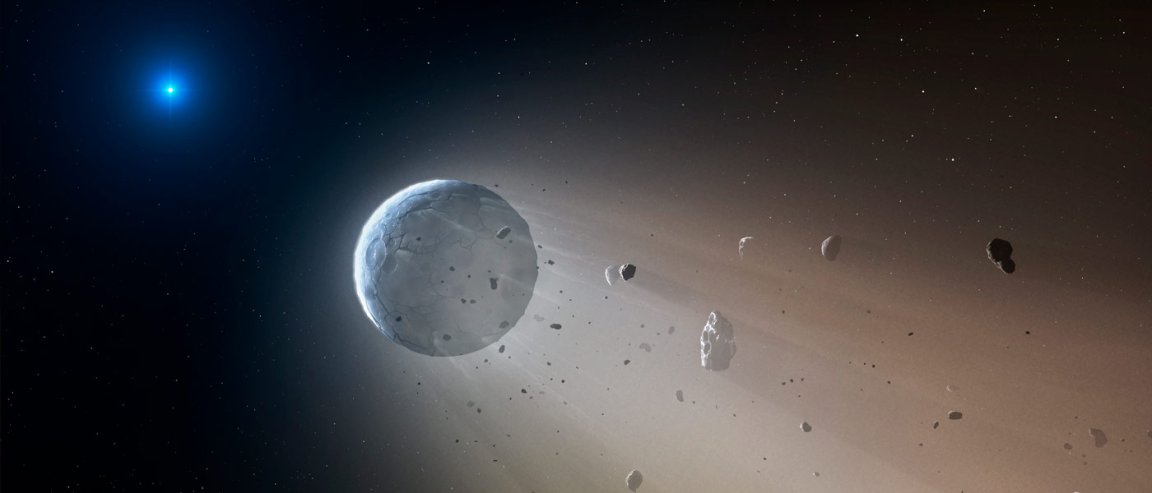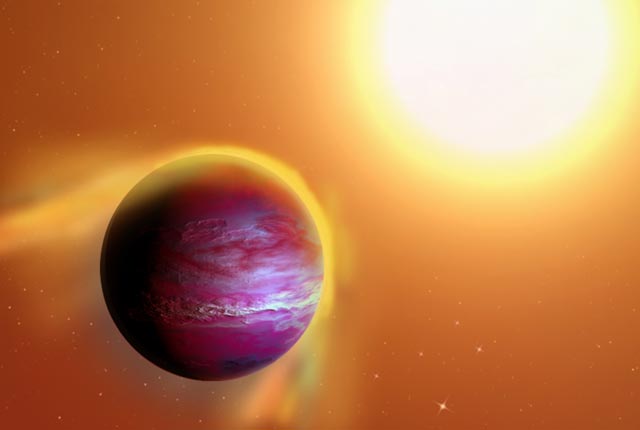
Giving and Taking
The hunt for exoplanets has been a major goal of astronomy for the past few years. While the main focus of these searches has been for planets that may support and sustain life, astronomers have stumbled upon many a strange phenomenon during their quest.
And that includes this newest offering. Astronomers have discovered what may be a planet locked in a death spiral. Planet PTFO8–8695 b is a planet candidate that orbits a star 1,100 light-years from Earth, and may be steadily killing the planet.
The study, published in The Astrophysical Journal, found out that the star appears to be stripping away the top layers of PTFO8–8695 b.

PTFO8–8695 b is extremely close to its host star—so close that it orbits its primary every 11 hours. This proximity gives it the distinction of being a “hot Jupiter”—a term for hot planets with large masses and short orbital periods.
Difficult Conditions
While the situation is one that appears to be quite unique, it is also very hard to say anything for sure. For starters, we can’t even be sure that the planet is, in fact, a planet.
“We don’t yet have absolute proof this is a planet because we don’t yet have a firm measure of the planet’s mass, but our observations go a long way toward verifying this really is a planet,” said Rice University astronomer Christopher Johns-Krull, lead author of the study.
Also, the age of the star is complicating things. The star is one of the youngest in the galaxy, only about 2 million years old. That makes it an infant in cosmic terms. And that makes the star very active, as well, with visual outbursts and dimmings, strong magnetic fields and enormous starspots that can mess up astronomical readings.
“We don’t know the ultimate fate of this planet,” Johns-Krull said.
“What we don’t know is how quickly this young planet is going to lose its mass and whether it will lose too much to survive.”
Bottom line: enjoy PTFO8–8695 b while it’s still there.